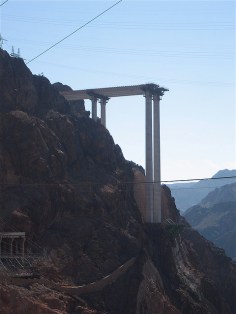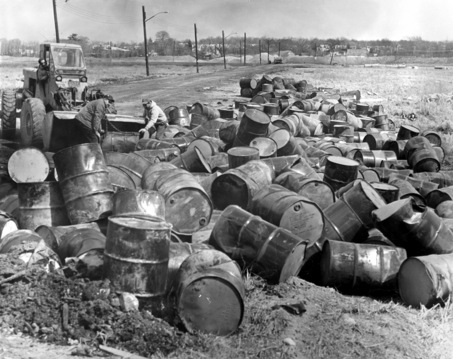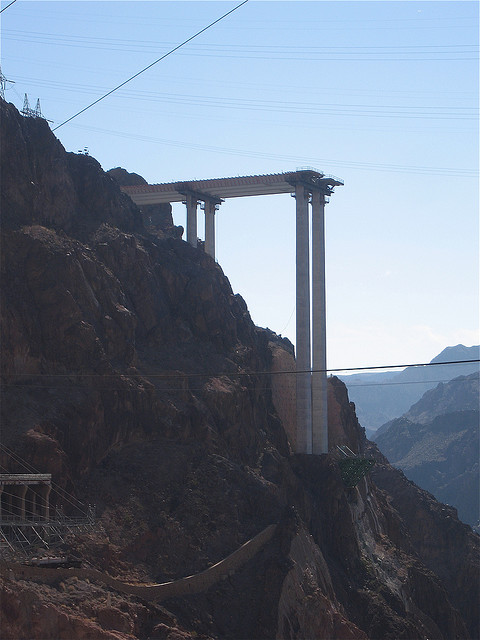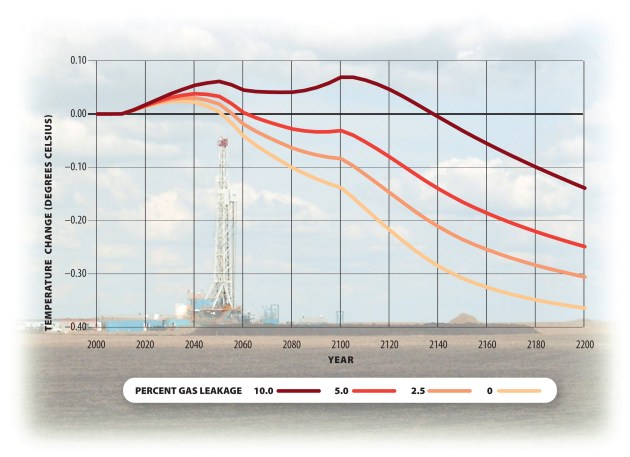
Photo by Walter Disney.
Cross-posted from Climate Progress.
President of American Gas Association (AGA), 1981:
In fact, gas energy — currently America’s largest domestically produced fuel — could prove to be the keystone to solving the nation’s energy crisis by serving as the ‘bridge fuel’ to the next century’s renewable energy technologies.
Vice president of AGA, 1988, according to the Washington Post:
… refers to natural gas as a bridge fuel — the least harmful alternative while the world looks for other, longer-lasting solutions to the ‘greenhouse’ effect.
Chair of AGA, 2008 [PDF]:
Natural gas will be the bridge fuel to the future … The electric industry is expected to turn to natural gas as a bridge until clean coal and nuclear generation are available.
It’s the longest bridge in history! Heck, the Golden Gate Bridge only took four years to build!
The president will be touting natural gas in his State of the Union address tonight, according to sources. Nothing wrong with touting gas — if you also tout a rising carbon price, which the president once did but no longer does.
Way back in June 2009, I pointed out the value of gas in the context of a climate bill with a rising CO2 price. But the key point of that post was that you could put gas in existing, underutilized plants to replace existing coal power cheaply to meet the key 2020 target.
Building lots of new gas plants doesn’t make much sense since we need to sharply reduce greenhouse-gas emissions in the next few decades if we’re to have any chance to avoid catastrophic global warming. We don’t want new gas plants to displace new renewables, like solar and wind, which are going to be some of the biggest sustainable job-creating industries of the century.
Late last year, some of the leading (center-right) economists in the country — Nicholas Z. Muller, Robert Mendelsohn, and William Nordhaus — concluded in a top economic journal that the total damages from natural gas generation exceed its value-added at a low-ball carbon price of $27 per ton. At a price of $65 per ton of carbon, the total damages from natural gas are more than double its value-added.
For the record, stabilizing atmospheric concentrations of CO2 at 550 parts per million (ppm), which would likely still be catastrophic for humanity, would require a price of $330 per metric ton of carbon in 2030, the International Energy Agency (IEA) noted back in 2008.
The fact that natural gas is a bridge fuel to nowhere was, in fact, first demonstrated by the IEA in its big June 2011 report on gas. That study — which had both coal and oil consumption peaking in 2020 — made abundantly clear that if we want to avoid catastrophic warming, we need to start getting off of all fossil fuels.
Then came a remarkable new study by Tom Wigley of the National Center for Atmospheric Research (NCAR) that concluded:
In summary, our results show that the substitution of gas for coal as an energy source results in increased rather than decreased global warming for many decades.
Here was the key figure:
This research indicates that shifting from coal to natural gas would have limited impacts on climate. If methane leaks from natural gas operations could be kept to 2.5 percent or less, the increase in global temperatures would be reduced by about 0.1 degree C (0.18 degrees F) by 2100. Note: This is a figure of temperature change relative to baseline warming of roughly 3 degrees C (5.4 degrees F) in 2100 (or nearly 7 degrees F warming compared to preindustrial levels).
What NCAR’s new study added is more detailed modeling of all contributors to climate change from fossil-fuel combustion — positive and negative. Reducing coal use reduces sulfate aerosols that have a short-term cooling effect. Methane is a very potent greenhouse gas, so leakage throughout the natural gas production and delivery system adds to near-term warming. And, of course, since natural gas is a hydrocarbon, its combustion does produce CO2, albeit much less than the coal it might replace. When you put all these factors together, here’s what you conclude:
“Relying more on natural gas would reduce emissions of carbon dioxide, but it would do little to help solve the climate problem,” says Wigley, who is also an adjunct professor at the University of Adelaide in Australia. “It would be many decades before it would slow down global warming at all, and even then it would just be making a difference around the edges.”
Natural gas might have been a “bridge” to a low-carbon future 30 years ago when the term was first introduced, but now its primary value would be to reduce the cost of meeting a near-term CO2 target in the U.S. in the context of a rising CO2 price.
A key finding of the NCAR study is:
The most important result, however, in accord with the above authors, is that, unless leakage rates for new methane can be kept below 2 percent, substituting gas for coal is not an effective means for reducing the magnitude of future climate change.
The question of what the total leakage rate is remains hotly contested, but I know of no analysis that finds a rate below 2 percent, including one by the National Energy Technology Laboratory, the Department of Energy’s premier fossil fuel lab.
Bottom line: If we want to have a serious chance at averting catastrophic global warming, then we need to start phasing out all fossil fuels as soon as possible. Natural gas isn’t a bridge fuel from a climate perspective. Carbon-free power is the bridge fuel until we can figure out how to go carbon-negative on a large scale in the second half of the century.
Let me end by pointing out another NCAR study. That one makes clear that Dust-Bowlification may be the impact of human-caused climate change that hits the most people by mid-century, as the figure below suggests:
The Palmer Drought Severity Index in the Great Plains during the Dust Bowl apparently spiked very briefly to -6, but otherwise rarely exceeded -3 for the decade (see here [PDF]).
The large-scale pattern shown in Figure 11 [of which the figure above is part] appears to be a robust response to increased GHGs. This is very alarming because if the drying is anything resembling Figure 11, a very large population will be severely affected in the coming decades over the whole United States, southern Europe, Southeast Asia, Brazil, Chile, Australia, and most of Africa.
The NCAR notes, “By the end of the century, many populated areas, including parts of the United States, could face readings in the range of -8 to -10, and much of the Mediterranean could fall to -15 to -20. Such readings would be almost unprecedented.”
For the record, the NCAR study merely models the Intergovernmental Panel on Climate Change’s “moderate” A1B scenario — atmospheric concentrations of CO2 around 520 ppm in 2050 and 700 in 2100, which looks close to what Wigley modeled. If this is the Golden Age of Gas, then it must be describing the color of the dust.





